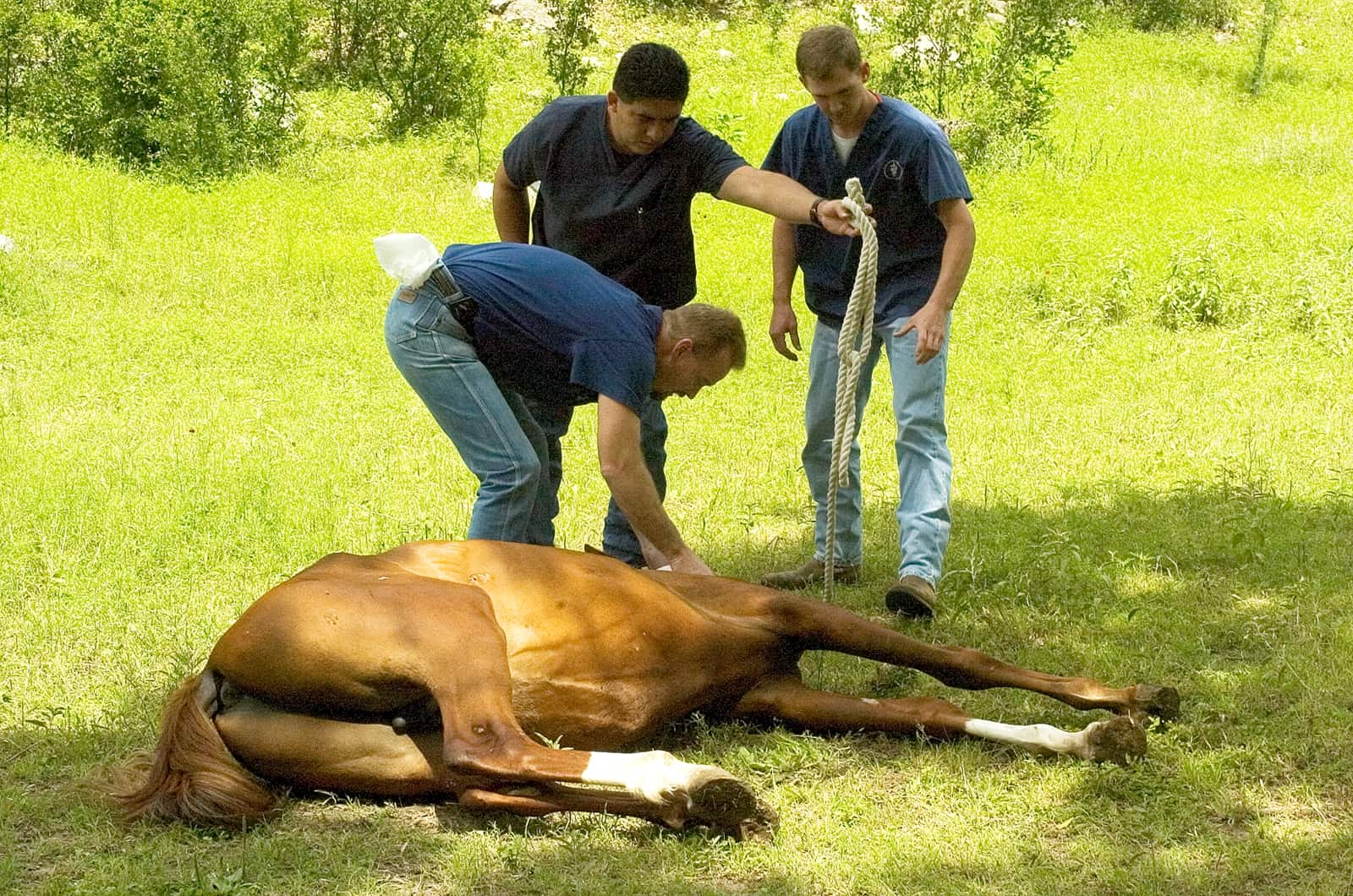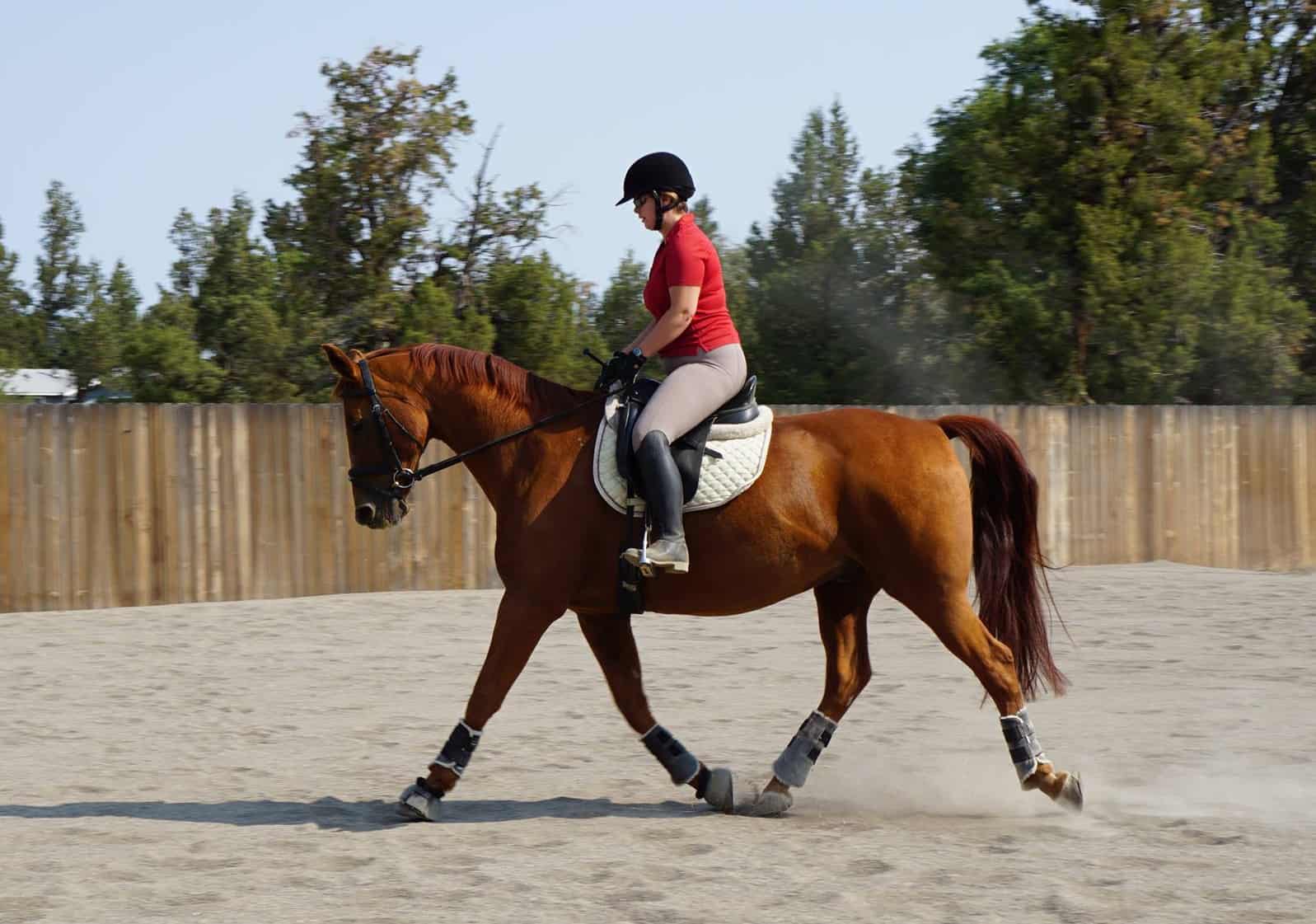Anesthetizing Horses in the Field for an Hour or More

To address some common issues with maintaining horses under prolonged anesthesia John Hubbell, DVM, MS, Dipl. ACVA, delivered a presentation for a veterinary audience at the 2013 American Association of Equine Practitioners’ Convention, held Dec. 7-11 in Nashville, Tenn.
Hubbell, a professor of veterinary anesthesiology in the Department of Veterinary Clinical Sciences at The Ohio State University’s College of Veterinary Medicine, started his presentation by reviewing guidelines he offered in an earlier lecture on producing 20 minutes of anesthesia in the field. Highlights included:
- Completing a physical exam of the horse and recording findings;
- Taking a complete medical history;
- Performing basic blood prior to anesthesia;
- Removing the horse’s halter to prevent potential facial paralysis; and
- Monitoring and recording the horse’s heart and respiration rates every 10 minutes during the procedure (“Remember some horses will only breath two times per minute ,” he noted).
Each week, only 10% of equine veterinarians anesthetize horses for more than 30 minutes, Hubbell said. Of those, 50% use inhaled drugs rather than intravenous infusions tp maintain anesthesia, and a majority (85%) use an assistant to monitor the horse and administer additional anesthetic drugs
Create a free account with TheHorse.com to view this content.
TheHorse.com is home to thousands of free articles about horse health care. In order to access some of our exclusive free content, you must be signed into TheHorse.com.
Start your free account today!
Already have an account?
and continue reading.

Written by:
Michelle Anderson
Related Articles
Stay on top of the most recent Horse Health news with















